Wireless Adapters
Why We Use External Wireless Adaptors ?
Hackers often use wireless adapters instead of their built-in network cards for several reasons:
Compatibility: Built-in network cards may not have the necessary capabilities or support certain wireless standards required for specific hacking activities. Wireless adapters, especially those specifically designed for hacking purposes, offer better compatibility with various networks and protocols.
Advanced Features: Wireless adapters designed for hacking often come with advanced features and functionalities that are not available in standard built-in network cards. These features may include packet injection, monitor mode, and enhanced signal strength, allowing hackers to perform specific wireless attacks and penetration testing.
Anonymity: Using a separate wireless adapter can provide an additional layer of anonymity. By using a different network card, hackers can avoid exposing their built-in network card's MAC address or any other identifying information that may be associated with their device.
Flexibility: Wireless adapters can be easily swapped and used on different devices. This flexibility allows hackers to use their preferred wireless adapter on various systems and platforms, giving them more control and options during hacking operations.
Range and Power: Some wireless adapters offer better range and transmit power compared to built-in network cards. This can be advantageous for conducting wireless attacks from a distance or capturing signals from networks that are farther away.
Monitor mode and Packet Injection
Monitor mode and packet injection are two important capabilities of wireless adapters that are commonly used in hacking and security testing. Here's an overview of each:
Monitor Mode: Monitor mode is a feature of wireless adapters that allows them to capture all wireless traffic in their range, including packets that are not addressed to them. In this mode, the adapter acts as a passive listener, collecting data from nearby networks without participating in any network activity. This is particularly useful for network analysis, monitoring, and sniffing wireless traffic for security auditing, troubleshooting, or capturing packets for further analysis.
Packet Injection: Packet injection is a technique used by wireless adapters to inject custom-crafted packets into a wireless network. By injecting specially crafted packets, hackers can manipulate and exploit vulnerabilities in wireless protocols or devices. This capability is often used in penetration testing and ethical hacking to simulate attacks and test the security of wireless networks. Packet injection can be used to perform various attacks, such as deauthentication attacks, ARP spoofing, or injecting malicious payloads into network traffic.
Difference among various wireless Adaptors
Various wireless adapters differ in terms of their features, specifications, and chipset used. Here are some key differences to consider:
Chipset: Different wireless adapters use different chipsets, such as Realtek, Atheros, or Ralink. The chipset determines the adapter's compatibility, performance, and features.
Wireless Standards: Adapters support different wireless standards, such as 802.11n, 802.11ac, or 802.11ax. Newer standards offer faster speeds, better range, and improved network efficiency.
Speed and Bandwidth: Adapters have varying maximum data transfer rates, typically measured in Mbps (megabits per second). Higher speeds allow for faster downloads, streaming, and online gaming. Dual-band adapters support both 2.4 GHz and 5 GHz frequency bands, providing flexibility and reduced interference.
Antenna Design: Adapters may have internal or external antennas. External antennas often offer better signal reception and range. Some adapters also feature detachable or adjustable antennas for optimal positioning.
Compatibility: Check the adapter's compatibility with your operating system (Windows, macOS, Linux) and the specific versions supported. Compatibility with security testing distributions like Kali Linux is important for penetration testing purposes.
Features: Some adapters may offer additional features like packet injection, monitor mode, or support for specific tools and frameworks used in ethical hacking and network analysis.
Availability and Legal Considerations: Availability of specific adapters can vary by country or region. Some adapters may have legal restrictions or certification requirements, so it's important to check the regulatory compliance in your location.
When choosing a wireless adapter, consider your specific needs, such as the intended use, desired range, speed requirements, and compatibility with your devices and software. Researching and comparing different models, reading user reviews, and considering recommendations from experts can help you make an informed decision.
There are several YouTube tutorials available to help you choose the finest wireless adapter for your needs:
This YouTube Video created by David Bombal
This YouTube Video created by zSecurity
Recommended Adapters and chipset
Atheros AR9271 chipset (supporting 2.4Ghz)
Alfa AWUS036NHA

The Alfa AWUS036NHA is a popular wireless adapter known for its high-performance capabilities. With its Atheros AR9271 chipset, it offers reliable and stable wireless connections. This adapter supports 802.11b/g/n Wi-Fi standards and operates on the 2.4 GHz frequency band. It features a detachable antenna, allowing for flexibility in optimizing signal reception and range. The AWUS036NHA is commonly used for various applications, including wireless network monitoring, penetration testing, and general Wi-Fi connectivity. Its compact and portable design makes it convenient for on-the-go use. Overall, the Alfa AWUS036NHA is a trusted choice for those seeking a powerful wireless adapter with excellent compatibility and performance.
Alternative of the Alfa AWUS036NHA with the some chipset:
TP-Link WN722N V1
The Something for the TP-Link WN721N V1
Budget WIFI Adaptor
Realtek RTL8811AU chipset (supporting 2.4Ghz and 5Ghz)
Alfa AWUS036ACM

The Alfa AWUS036ACM is a high-performance wireless adapter featuring the Realtek RTL8812AU chipset. With dual-band support and speeds up to 867 Mbps, it offers reliable and fast wireless connectivity. The detachable high-gain antennas provide extended range, making it ideal for various applications. Compatible with Windows, macOS, and Linux, the AWUS036ACM is a popular choice for security testing and penetration testing, such as in Kali Linux. Its compact size and USB connectivity make it easy to install and use. Experience enhanced wireless performance with the Alfa AWUS036ACM.
Alfa AWUS036ACH

The Alfa AWUS036ACH is a high-performance wireless adapter known for its reliable and fast connectivity. With its powerful features, it is ideal for users who require high-speed and long-range wireless connections. The AWUS036ACH supports the 802.11ac wireless standard, enabling maximum wireless speeds of up to 867 Mbps. It operates on both the 2.4 GHz and 5 GHz frequency bands, providing flexibility and improved compatibility with various networks. The adapter comes with dual detachable antennas for enhanced signal reception and extended wireless range. Its USB connectivity ensures compatibility with a wide range of devices, making installation and setup a breeze. The AWUS036ACH is a popular choice among security professionals, ethical hackers, and enthusiasts who require robust wireless performance for their networking and testing needs.
Alternative of the Alfa AWUS036ACH and Alfa AWUS036ACM with the some chipset:
TP-Link 600
Budget WIFI Adaptor
Installing Realtek RTL8811AU drivers in Kali
Installing drivers for the Realtek RTL8811AU chipset is necessary to enable proper functionality and optimal performance of wireless adapters that utilize this chipset. The drivers facilitate communication between the hardware and the operating system, allowing the adapter to connect to wireless networks, utilize advanced features, and ensure compatibility with different operating systems.
To learn more about the process of installing drivers on a Linux machine you can watch this YouTube video created by David Bombal or this YouTube video created by CyberSudo .
Ralink RT5372 chipset (supporting 2.4Ghz)
Panda PAU05
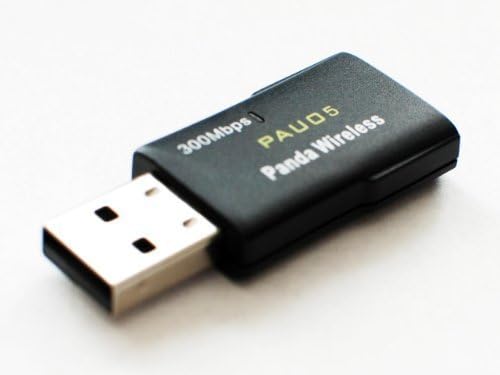
Panda PAU06
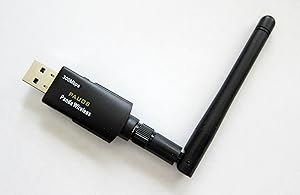
TV Receiver WIFI Adapter
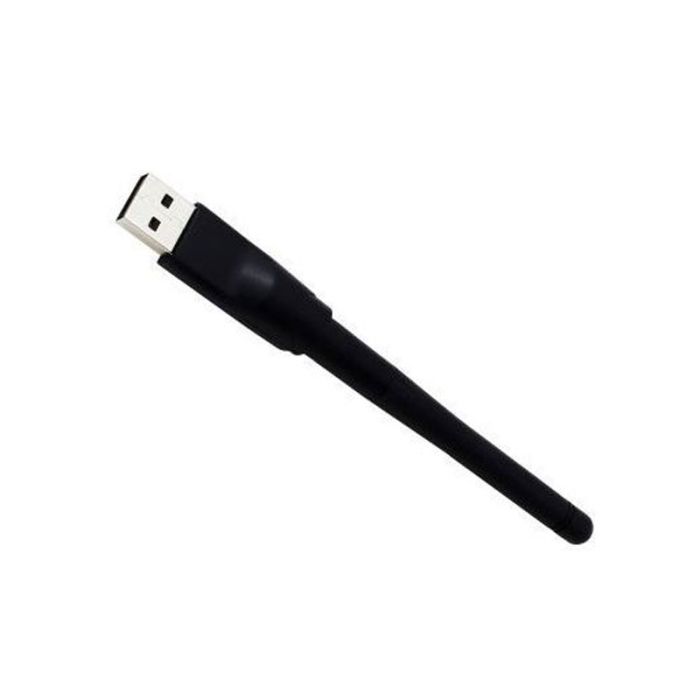
We can use TV Receiver WIFI Adapter in WIFI Attacks They work out of the box generally they contain the Ralink RT 5370 Chipset
Realtek RTL8188EUS chipset (supporting 2.4Ghz)
TP-Link WN722N V2/V3
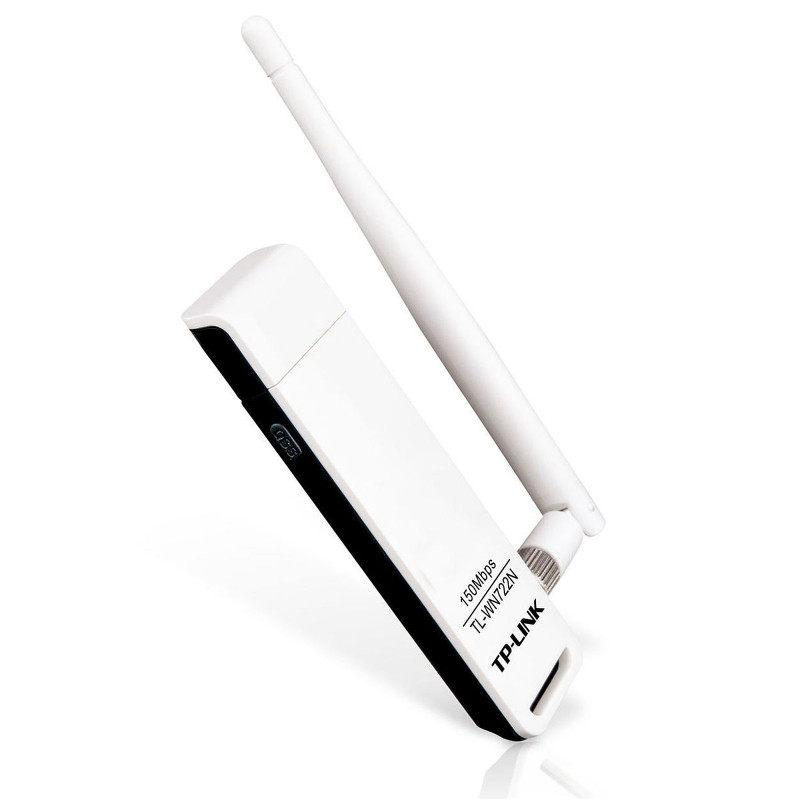
The TP-Link WN722N V2/V3 is a popular wireless adapter known for its reliable performance and compatibility. This adapter is widely used by individuals and professionals in the field of networking and security.
One advantage of the TP-Link WN722N V2/V3 is its wide compatibility with different operating systems, including Windows, macOS, and Linux. It supports various security features like WEP, WPA, and WPA2, ensuring secure and encrypted wireless connections.
The availability of TP-Link products like the WN722N V2/V3 is advantageous in countries where other popular wireless adapters like Alfa are not easily accessible or widely available. TP-Link products are known for their reliability, ease of use, and affordability, making them a preferred choice for users seeking a dependable wireless adapter.
TP-Link WN721N V2/V3
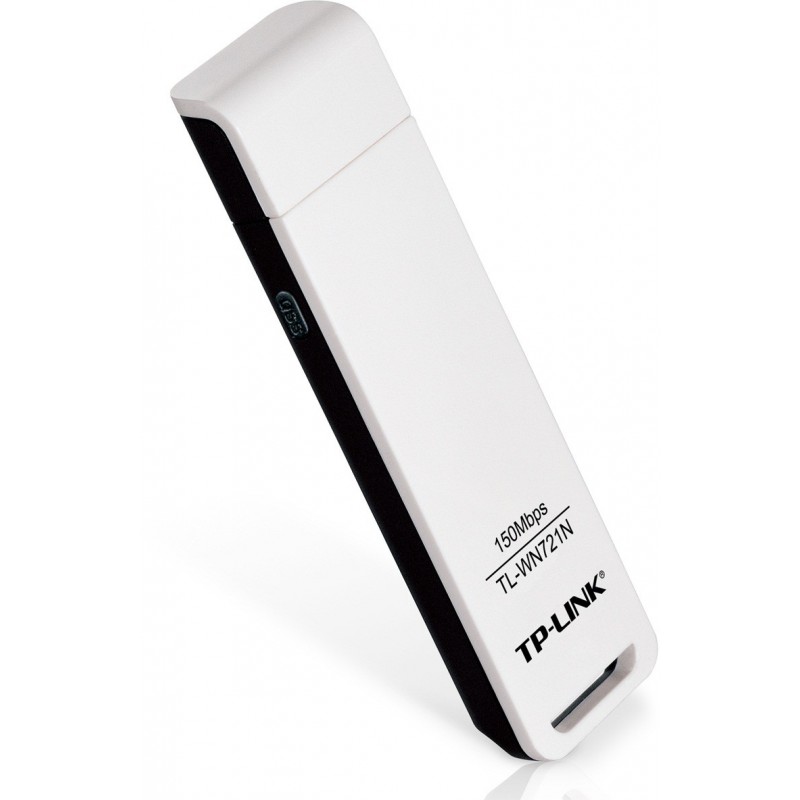
TP-Link WN725N

Installing Realtek RTL8188EUS drivers in Kali
Installing drivers for the Realtek RTL8188EUS chipset is necessary to enable proper functionality and optimal performance of wireless adapters that utilize this chipset. The drivers facilitate communication between the hardware and the operating system, allowing the adapter to connect to wireless networks, utilize advanced features, and ensure compatibility with different operating systems.
To learn more about the process of installing drivers on a Linux machine you can watch those YouTube videos (the Old Method , the New Method) created by David Bombal.
Changing Wireless Adaptor Antenna
Changing the wireless adapter antenna can improve the signal strength, range, and overall performance of your WiFi connection. Simply detach the existing antenna and replace it with a compatible high-gain antenna for better reception and increased coverage, providing a more reliable wireless experience.
Directional Antenna

Longer Antenna
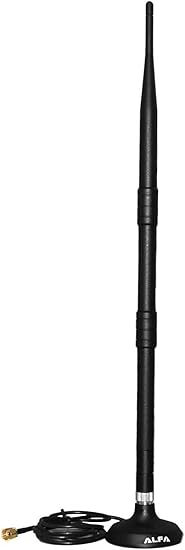
Yagi Antenna

Omni Antenna

Last updated

